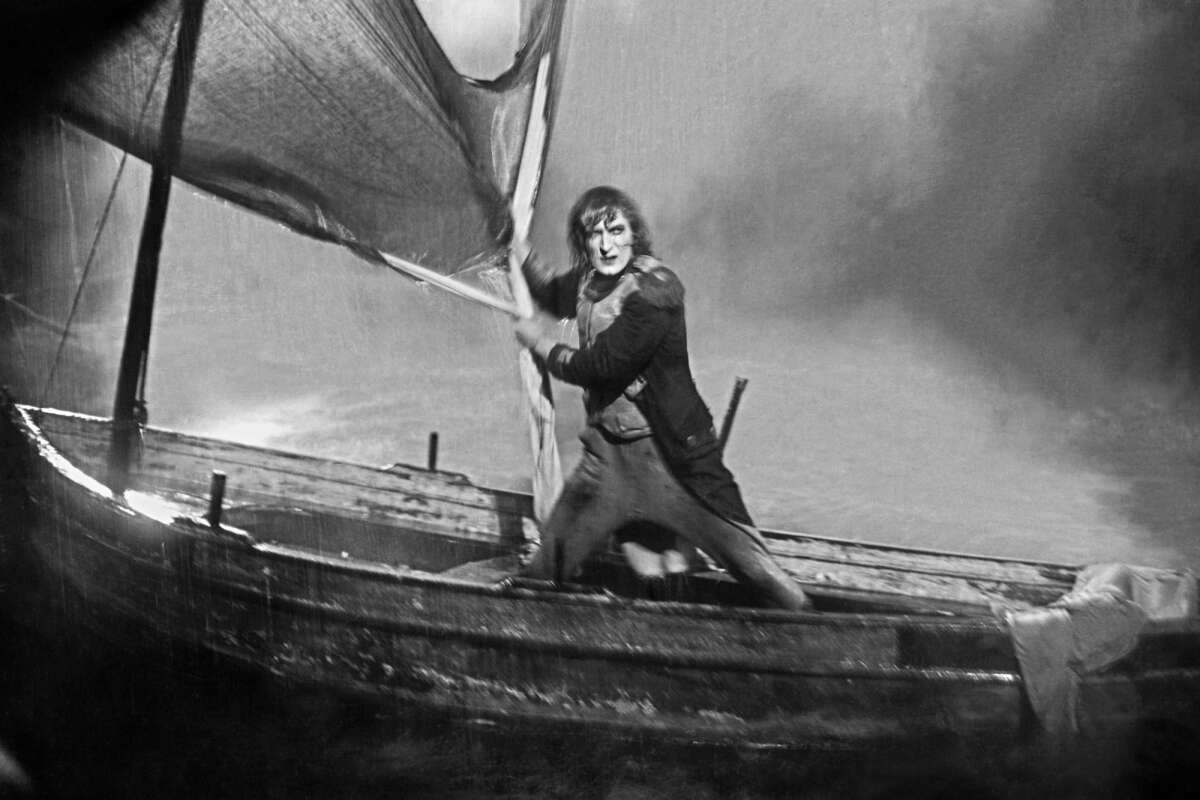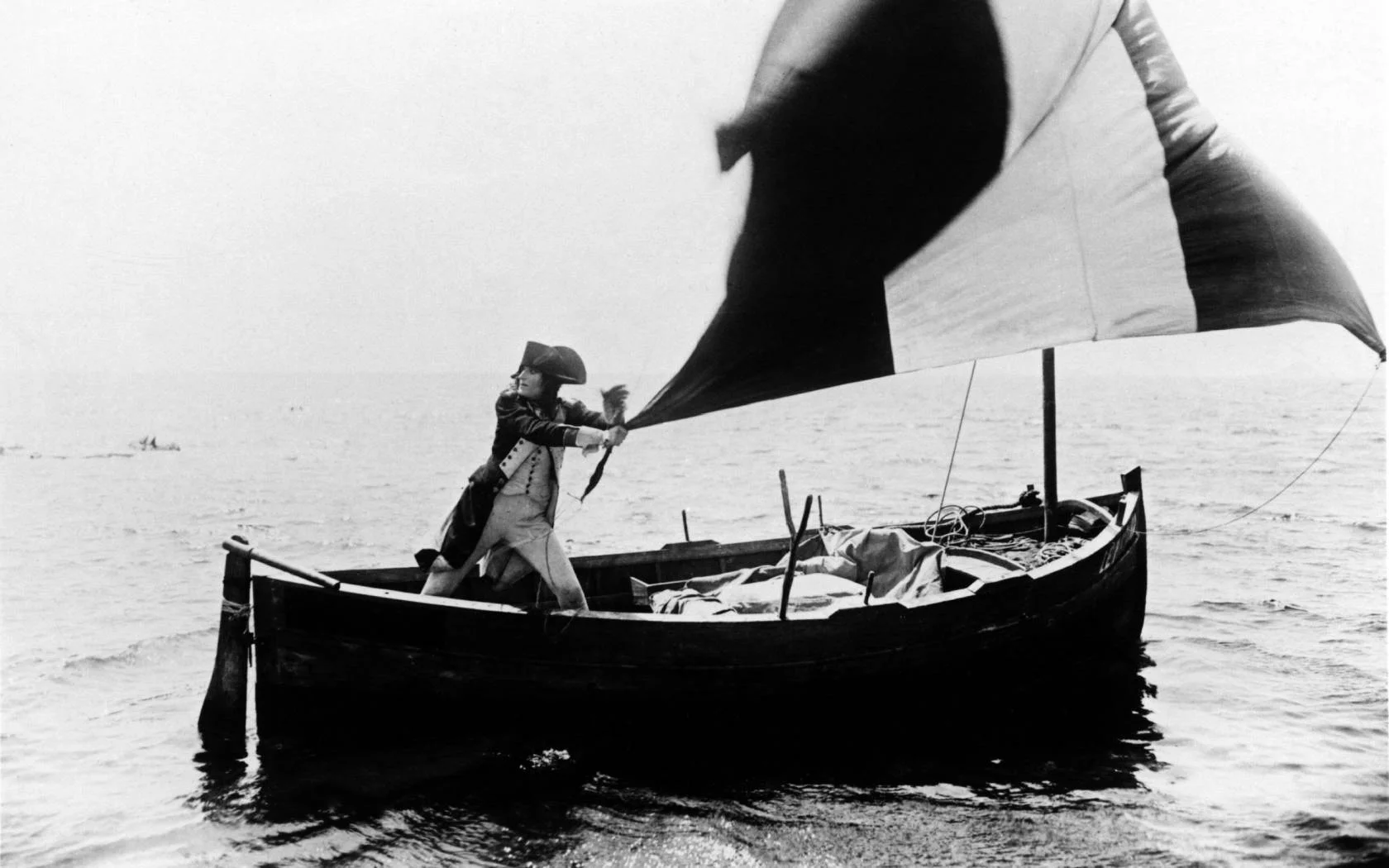The legendary silent film Napoléon vu par Abel Gance, originally released in 1927, has been meticulously restored to its original grandeur after nearly 16 years of work. This groundbreaking film, known for its innovative techniques and lavish production, will be re-released in July with a new score performed live by over 250 musicians. Directed by Abel Gance, who spared no expense in its creation, Napoléon is celebrated as a masterpiece that immerses viewers into the action with revolutionary filming methods and a unique 3D polyvision system.
* * *
“7 hours, 7 minutes, and 54 seconds is the duration of what many consider the first true blockbuster in cinema history.
News has emerged that the legendary Napoléon vu par Abel Gance, a silent film first screened on April 7, 1927, to a cheering crowd at the Paris Opera, has been restored to its original “Grande Version” after almost 16 years of patient research and restoration by the Cinémathèque Française. The original version had been edited and altered into 21 different versions over the years.
To restore the original splendor of the masterpiece by director Abel Gance (Paris, 1889 – 1981), who read over a hundred books about Napoleon to create his Napoléon, the Radio France Symphony Orchestra created a soundtrack with a score consisting of 1,500 pages.
In the 1920s, when the film industry was barely thirty years old and before the Wall Street Crash of 1929, directors had nearly unlimited resources as cinema was a very profitable business, theaters were always full, and box office earnings were astronomical.
Thus, to complete what was intended to be just the first of six films dedicated to Bonaparte (it only covers his life from childhood to the first Italian campaign), Gance spared no expense. Over the three years of filming, shot mostly on location and involving about 6,000 extras and several thousand technicians, the production cost his film company a staggering 18 million francs of that era—a true fortune!
Ingenious to the point of being revolutionary, he devised special supports to mount cameras on running horses, achieving extraordinary scenic results, albeit at the cost of serious accidents. In one day alone, two crew members died and four others were injured.
Yet, working with Abel Gance was considered a great honor at that time, so much so that on rare days when there weren’t enough extras, replacements were found locally by recruiting simple newsboys.
Aiming to “make the viewer an actor by immersing them in the action and captivating them with the rhythm of the images,” the maestro, who managed to enchant directors like Truffaut, Coppola, and Ridley Scott with his art, mounted a camera on a cable in the iconic scene where a young Napoleon organizes a snowball fight at the military academy and wins it. The camera was then run at high speed to replicate the view of a thrown snowball.
The last 20 minutes of the blockbuster were filmed by three different cameras to obtain as many versions of the same scene, which were then projected simultaneously on three adjoining screens.
The result gave us one of the highest moments of the so-called “seventh art,” where the viewer, both astonished and fascinated, finds themselves in the middle of the action, becoming the co-protagonist thanks to a captivating 3D polyvision system.
The viewer is immersed in Bonaparte’s thoughts, projected on the three mega-screens surrounding them: on the right and left are storm clouds, and in the center is Napoleon’s face, played by the charming Albert Dieudonné (Paris 1889 – 1976), overlaid alternately with images of his beloved Joséphine and a rotating globe.
In the absence of words, this true work of art transforms lights and images into poetry through a skillful use of flashbacks and varying the film’s coloration, giving the work a dreamlike dimension.
The inaugural screening of the restored “Grande Version” of Napoléon vu par Abel Gance, 100 years after filming began, is scheduled for July 4 and 5 (in two parts lasting 3:40 and 3:25 hours respectively) at one of France’s largest cinemas, built on the Île Seguin in the middle of the Seine, in the town of Boulogne-Billancourt.
More than 250 musicians will accompany the event live, covering about 300 years of symphonic music, with some of the most beautiful and significant pieces, from Beethoven’s Eroica to Berlioz’s orchestration of the Marseillaise, promising a truly unforgettable experience.


